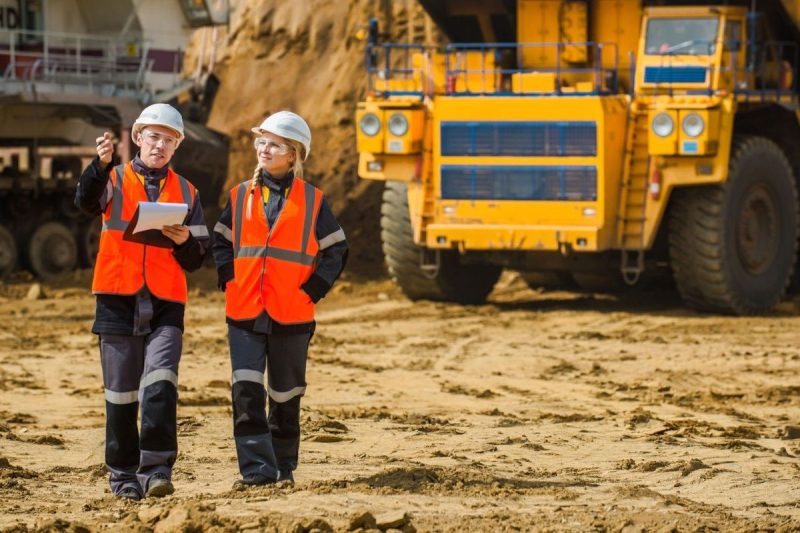Prefeasibility and feasibility studies are two crucial stages in the project development process that determine the viability of a planned project. Investment in these initial stages can save significant time and resources in the long term while decreasing the chances of major setbacks during implementation.
Prefeasibility Study – Understanding the Concept
A prefeasibility study or preliminary feasibility study serves as an initial stage of assessment that analyzes whether a project concept can feasibly be implemented, providing an overall validation of the project based on broad factors. It includes a basic scrutinization of market conditions, resource availability, project technologies, projected returns, and potential risks.
The project team uses this preliminary analysis to make the first crucial decision: whether to proceed further for a more detailed feasibility study or abandon the project concept due to its impractical aspects. A prefeasibility study, therefore, is a valuable stage to avoid sinking time and resources into projects that have little potential for success.
Feasibility Study – Diving Deeper
Following a positive outcome from the prefeasibility study, the next step is to conduct a feasibility study. This is a more detailed and rigorous analysis that scrutinizes every aspect of a project for its viability. Unlike the prefeasibility study, which focuses on the broader concept, a feasibility study delves into the nitty-gritty of the proposed endeavor.
The critical components of a feasibility study typically include technical feasibility, economic feasibility, legal feasibility, operational feasibility, and scheduling feasibility.
Technical feasibility evaluates the practicality of the construction and production processes and technologies included in the project. It involves a thorough analysis of the required technologies, resource needs, and infrastructure requirements.
Economic feasibility, or market analysis, investigates the economics of the project, including the projected costs and potential revenues. It usually includes a competitive analysis, demand forecasting, and financial projections to identify whether the project can generate a satisfactory rate of return.
Legal feasibility is aimed at examining any potential legal implications or hurdles that the project might face, such as regulatory issues or intellectual property rights.
Operational feasibility is the assessment of how well the proposed project solutions will work in the current operational climate. It considers whether the project can be operationally achievable within the existing system or organizational procedures.
Lastly, scheduling feasibility evaluates the project timeline to ensure that the project can be realistically completed within the estimated timeframe.
Applications and Insights
Prefeasibility and feasibility studies are invaluable tools in areas such as real estate development, new product development, industrial manufacturing, mining, and energy projects, among others. These studies provide an essential risk-management strategy by identifying potential problems. They aid in making informed decisions, securing funding, and fostering stakeholder confidence in the envisaged project.
In essence, prefeasibility and feasibility studies serve as a critical gateway to project management. While they may require considerable resources upfront, their value in averting losses from impractical projects cannot be underestimated, therefore, making them indispensable in informed decision making in project planning and development. It is the intricate relationship between prefeasibility and feasibility studies that ultimately builds a strong foundation for the successful implementation of any project.




